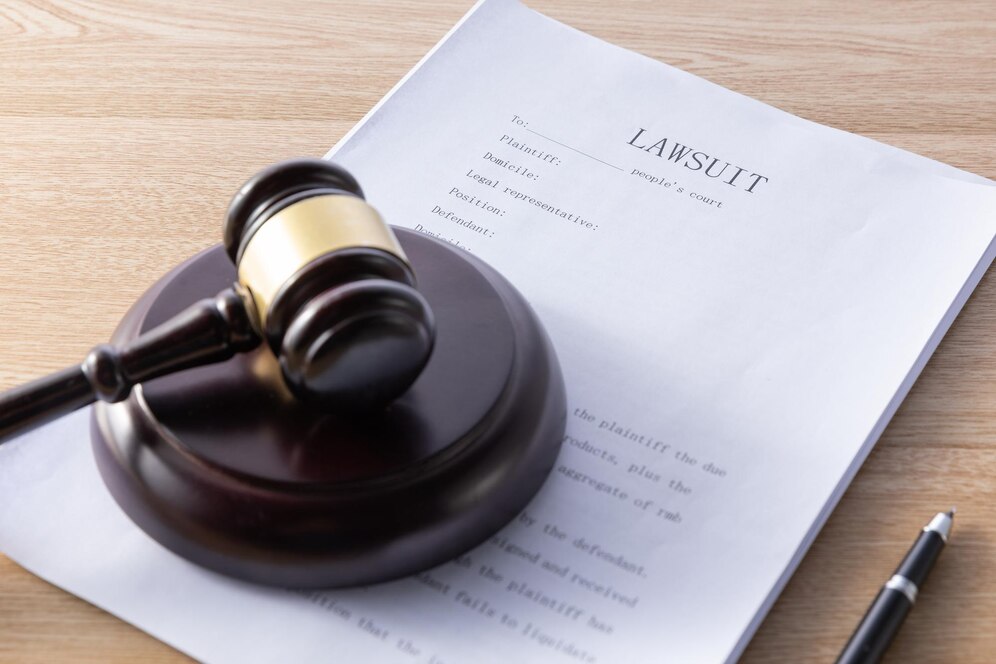What You Should Know About Comparative Negligence in Personal Injury Lawsuits
Imagesource
Determining who is at fault is an important step in a personal injury claim. Sometimes, more than one person may share responsibility for the accident. This is where the legal concept of comparative negligence comes into play. It helps decide how much compensation each party can receive based on their level of fault.
If you are dealing with a personal injury case, hiring the best personal injury attorney can make a big difference in your claim. A skilled attorney will help you understand your rights and ensure you receive the compensation you deserve.
Understanding Comparative Negligence
Comparative negligence is a legal rule used to assign fault when more than one person is responsible for an accident. Instead of one party taking all the blame, the court determines the percentage of fault for each party. This percentage then affects how much compensation they can receive. According to research, multiple factors often play a role in accidents, making comparative negligence a crucial part of personal injury law.
For example, if you were in a car accident and found to be 20% responsible while the other driver was 80% at fault, your compensation would be reduced by 20%. If your total damages were $10,000, you would receive $8,000 instead of the full amount.
Types of Comparative Negligence
There are three main types of comparative negligence laws in the U.S.:
1. Pure Comparative Negligence
In states that follow pure comparative negligence, you can recover damages even if you were mostly at fault for the accident. However, your compensation will be reduced by your percentage of fault. For example, if you were 90% responsible and suffered $10,000 in damages, you would still be able to recover $1,000.
2. Modified Comparative Negligence (50% Rule)
Under this rule, you can recover damages only if you were less than 50% at fault. If you are found to be 50% or more responsible, you cannot receive compensation. For example, if you were 49% at fault, you could still recover damages, but if you were 50% at fault, you would receive nothing.
3. Modified Comparative Negligence (51% Rule)
This rule allows you to recover damages if you were less than 51% responsible for the accident. If you are found to be 51% or more at fault, you lose your right to compensation. This rule is slightly more lenient than the 50% rule but still limits compensation for those who are mostly at fault.
How to Deal with Comparative Negligence
If you are involved in a personal injury case where comparative negligence applies, follow these steps:
- Gather Evidence – Collect police reports, witness statements, medical records, and any video footage of the accident.
- Hire an Attorney – A personal injury attorney can help prove the other party’s fault and protect your right to compensation.
- Negotiate with Insurance Companies – Insurers may try to reduce your compensation by increasing your percentage of fault. An attorney can negotiate on your behalf.
- File a Lawsuit if Necessary – If the insurance company does not offer a fair settlement, your lawyer may take the case to court to fight for proper compensation.
Conclusion
Comparative negligence laws vary from state to state, affecting how much compensation you can receive in a personal injury case. Understanding these laws can help you determine how fault is shared and what steps to take if you are involved in an accident. Hiring an experienced personal injury attorney is crucial in protecting your rights and ensuring you receive the compensation you deserve.



